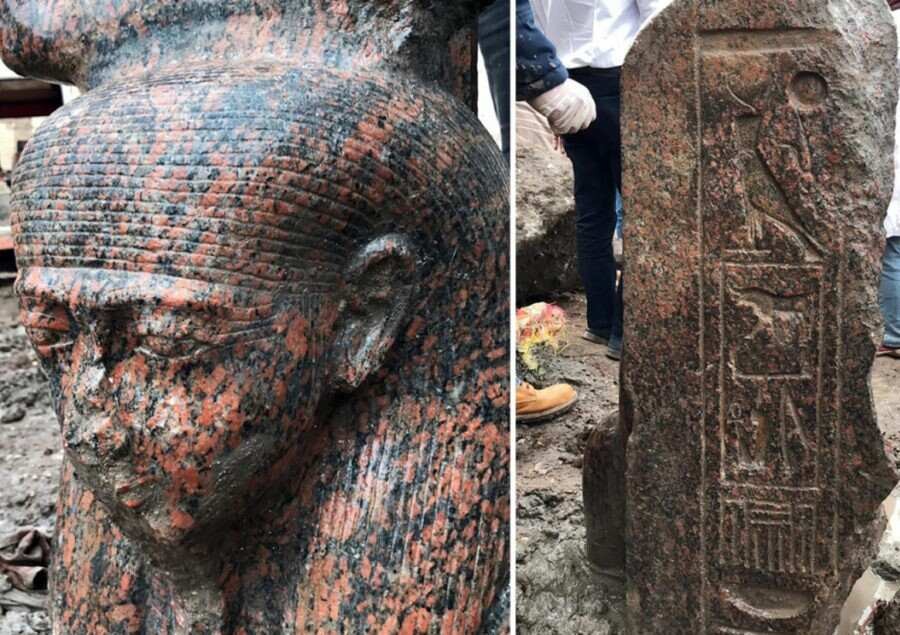Ramesses II Red Granite Statue
A masterpiece of ancient Egyptian art is the Ramesses II Red Granite Statue.
The third ruler of Egypt's Nineteenth Dynasty, Ramesses II, also referred to as Ramesses the Great, ruled as a monarch. He was one of the most powerful pharaohs in ancient Egypt history and ruled for 66 years. The Ramesses II Red Granite Statue, a marvel of ancient Egyptian art, is among the most spectacular memorials to his reign.
This red granite monument is around 20 feet tall and is composed of red granite. It is now kept in the Nubian Museum in Aswan, Egypt, where it was found in the Abu Simbel temple in southern Egypt. Ramesses II is shown in the statue sitting down while donning the crowns of Upper and Lower Egypt and carrying a staff in his right hand. The statue is impressive because of its size, minute features, and high-quality stone use.
The statue's red granite came from a quarry in Aswan, which was renowned for producing fine stone. The stone was treasured for its deep red hue, which in ancient Egypt stood for strength and might. The complex details of the pharaoh's kilt, jewels, and facial characteristics were carved into the statue by professional carvers using chisels and hammers.

A monument to the talent and artistry of ancient Egyptian sculptors is the statue of Ramesses II. It was erected in the Abu Simbel temple to honour the pharaoh's reign and serves as a representation of his wealth and strength. The temple was built to honour Ramesses II's magnificence and his relationship with the gods, and it was dedicated to the gods Amun, Ra-Harakhti, and Ptah.
The Ramesses II Red Granite Statue, as said earlier, is a magnificent work of ancient Egyptian art that exemplifies the artistry and technical prowess of that time's sculptors. It serves as a reminder of Ramesses II's greatness and is a representation of the pharaoh's wealth and authority. Visit the Nubian Museum in Aswan if you have an interest in ancient Egyptian history and art to view this magnificent monument for yourself.